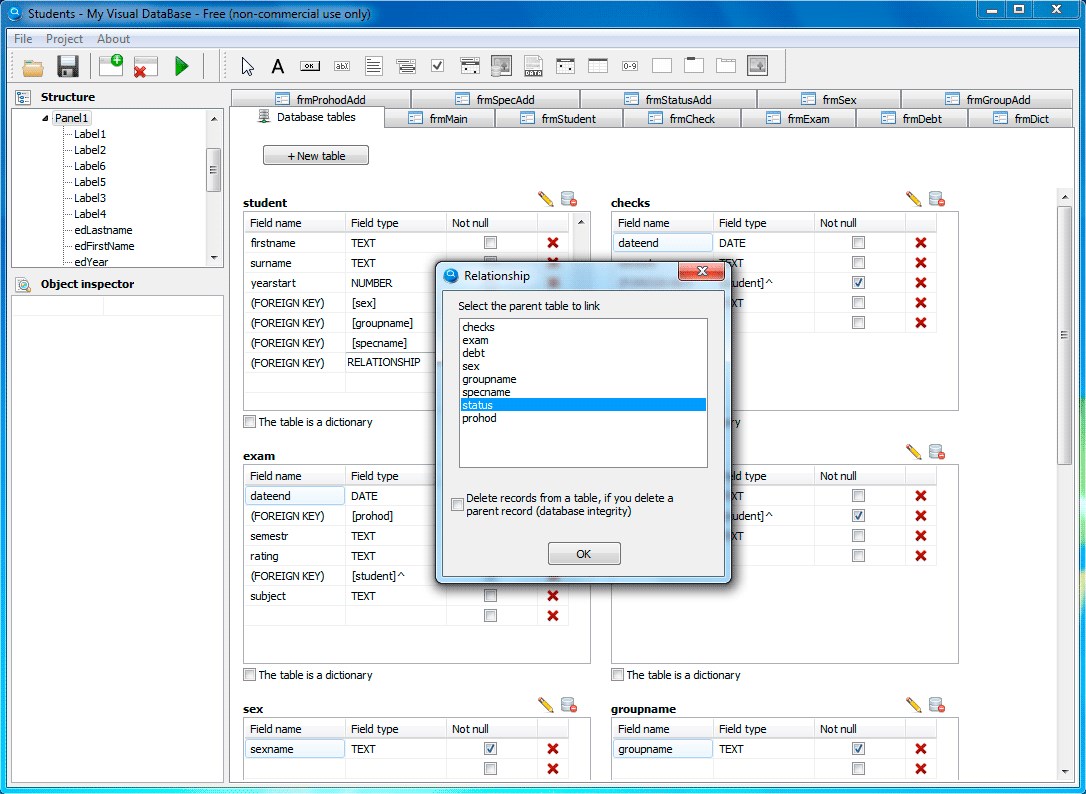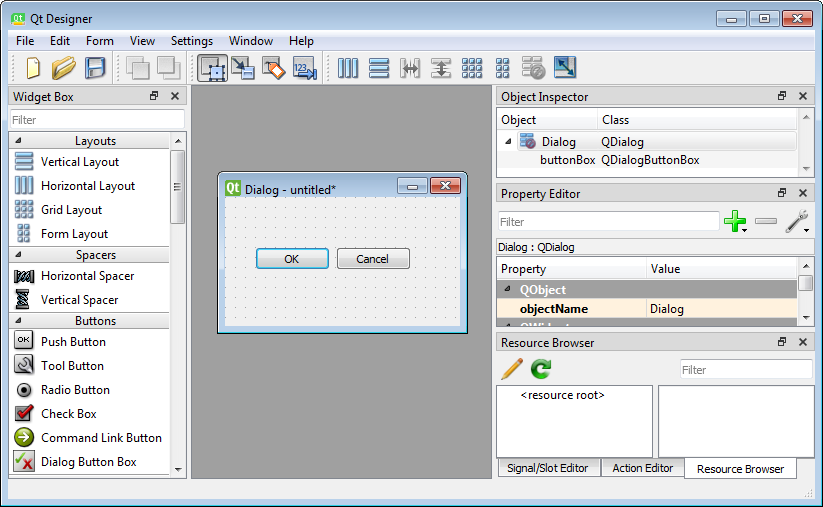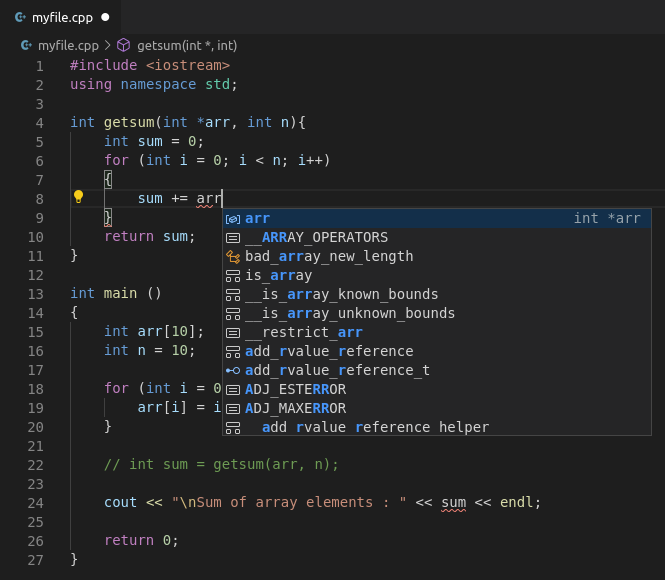

- #C++ windows vs mac mac os x
- #C++ windows vs mac install
- #C++ windows vs mac archive
- #C++ windows vs mac code
There is even a checkbox there where you can disable/enable the breakpoint. showing "test.cpp 7" telling that you've set a breakpoint at line 7 in test.cpp file. You should notice that the line is added to the lower BREAKPOINTS section in the DEBUG pane, e.g. You set a breakpoint on a line by either by double-clicking at the beginning of the line (left of line number) or placing the cursor at the line and hit fn 9 (F9).
#C++ windows vs mac code
Select your test.cpp file and set a breakpoint in a interesting code line, e.g.
#C++ windows vs mac install
Also consider to install the VSCode CMake extension, Shift(⇧)+ Command(⌘)+ X to open the extension view, search for CMake.Ĭreate a CMakeLists.txt file in the main project folder with the content of: cmake_minimum_required(VERSION 3.0)Īdd_executable($/Debug/TEST",.Run command cmake -version to verify version installed.Run command brew install cmake to install CMake via Homebrew.directly from within VSCode using View, Integrated Terminal to open lower terminal pane in VSCode. Build tools usually are complex - particular in non-trivial, i.e. I also know that some people believe it to be difficult to work with. I'm not at all familiar with CMake, except at the most basic level. Since, I could see that VSCode already have CMake extensions available and know that CMake is quite popular nowadays I though this could be interesting to use. A great advantage with this is that your project becomes a lot more platform independent.īoth of these options can be used with VSCode's integrated terminal. Use CMake or alternative cross-platform build (generator) tools.Example: Stackoverflow: How do I set up VSCode to compile C++ code.Compile using clang or g++ on command line, e.g.Perhaps it is possible to establish a task runner for it. For options see Clang Format Style Options Build (compile) your C++ fileĪs far as I understand there is, as of this writing (August 5, 2016), no such thing as an integrated build command for clang in VSCode. clang-format file specifying your own configuration file for the formatting.

Alternatively start the VSCode's View, Command Palette Shift(⇧)+ Command(⌘)+ P and search for and run Format Code command. To format your C++ source code file run Shift(⇧)+ Alt(⌥)+ F. Should output something like, e.g.: clang-format version 3.9.0 (tags/google/stable/) Verify by running command: clang-format -version Install clang-format using Homebrew by executing command: brew install clang-format

Install Homebrew package manager (skip if already installed) by executing shell command: /usr/bin/ruby -e "$(curl -fsSL )" To format C++ source code with clang-format, clang-format must be available (installed).Ĭlang-format can most easily be installed by using the Homebrew package manager.Īctivate Terminal with Command(⌘)+ Space, type Terminal and press Enter.

Formatting your C++ source code with clang-format This is also where you would need to add the include path for/if you use a third-party library, e.g. "/Applications/XCode.app/Contents/Developer/Platforms/atform/Developer/SDKs/MacOSX10.11.sdk/usr/include"], to the includePath setting in the c_cpp_properties.json file in the "Mac" configuration section. To setup include path to point to the Standard C++ headers, I've added a new path /Applications/.
#C++ windows vs mac mac os x
#C++ windows vs mac archive
News Archive 2016 > Using Visual Studio Code and Building and Debugging C++ on Mac OS X |


 0 kommentar(er)
0 kommentar(er)
